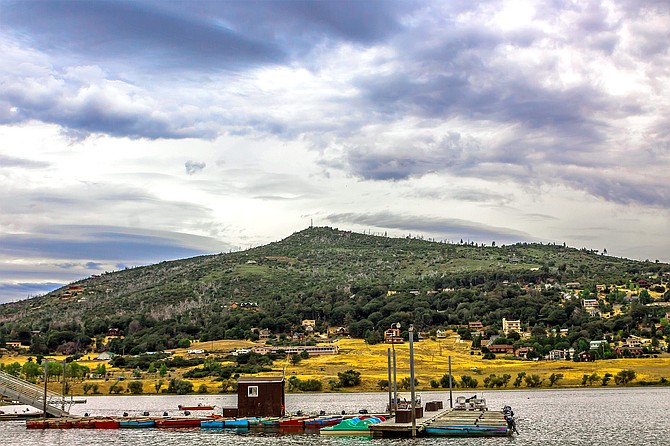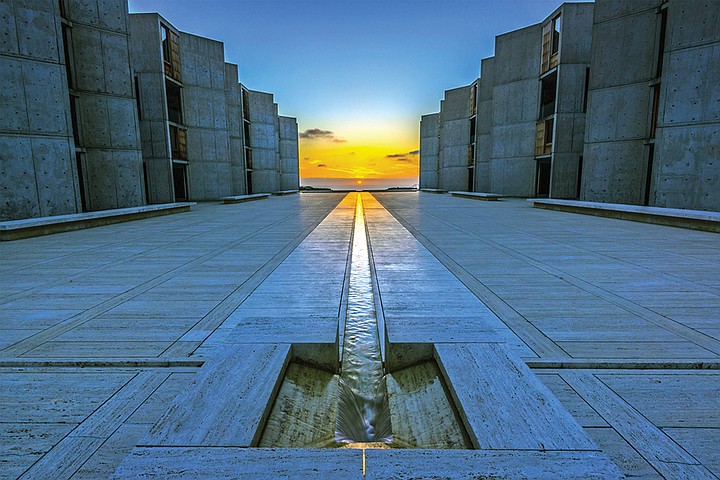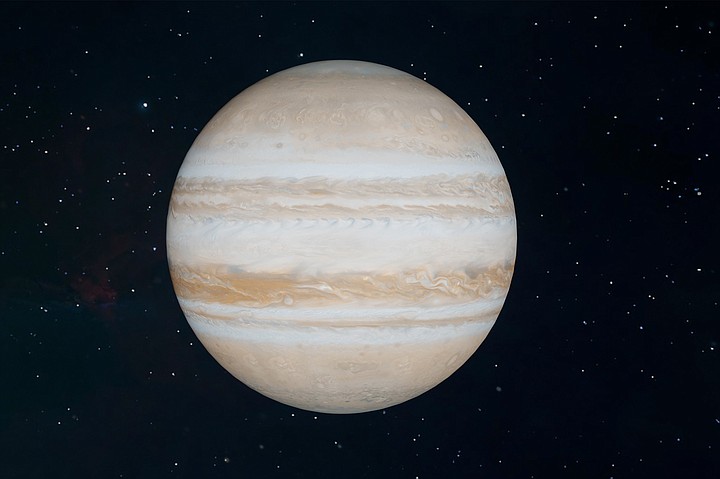 Facebook
Facebook
 X
X
 Instagram
Instagram
 TikTok
TikTok
 Youtube
Youtube

Fall Officially Begins at 8:09 pm local time on Wednesday, September 22 — a good excuse to throw an impromptu evening party to celebrate the occasion. At equinox, the sun shines directly on the Earth’s equator. The autumn season will continue for another three months until the sun “moves” to its farthest southerly point, winter solstice, December 21.

Equal Days and Nights everywhere on Earth, 12 hours each, are only one noticeable consequence during the time of equinox, either autumnal or vernal (spring). Another consequence is that the sun at equinox always rises from a point on the horizon due east and later sets due west. You could calibrate a compass this way if you had access to a true (unobstructed) horizon. Another, subtle, consequence is that at mid-latitudes like ours, morning and evening twilight periods are shortest during equinox. From San Diego, the duration of twilight this week is about 80 minutes; last June, it was about 100 minutes.

Jupiter — the brilliant, star-like object glowing like a beacon in the eastern sky after nightfall — comes to “opposition” (180° away from the sun) on Monday, September 26. Rising at sunset and setting at sunrise, the giant planet is as close and as bright as it will get this year. In fact, in 2022, Jupiter’s opposition to the sun and closest approach to Earth fall on the same day. That’s because opposition takes place so near in time to Jupiter’s perihelion — on January 21, 2023 — its closest point to the sun in its 12-year orbit. If it’s nearly as close as it gets to the sun, and we go between it and the sun… voila, it’s a close opposition for us! The juxtaposition of Jupiter’s opposition in late 2022 and perihelion in early 2023 brings the planet closer to Earth at this opposition than it has been for 70 years. So, Jupiter will be very bright in our sky!
The above comes from the Outdoors listings in the Reader compiled by Jerry Schad, author of Afoot & Afield in San Diego County. Schad died in 2011.


Fall Officially Begins at 8:09 pm local time on Wednesday, September 22 — a good excuse to throw an impromptu evening party to celebrate the occasion. At equinox, the sun shines directly on the Earth’s equator. The autumn season will continue for another three months until the sun “moves” to its farthest southerly point, winter solstice, December 21.

Equal Days and Nights everywhere on Earth, 12 hours each, are only one noticeable consequence during the time of equinox, either autumnal or vernal (spring). Another consequence is that the sun at equinox always rises from a point on the horizon due east and later sets due west. You could calibrate a compass this way if you had access to a true (unobstructed) horizon. Another, subtle, consequence is that at mid-latitudes like ours, morning and evening twilight periods are shortest during equinox. From San Diego, the duration of twilight this week is about 80 minutes; last June, it was about 100 minutes.

Jupiter — the brilliant, star-like object glowing like a beacon in the eastern sky after nightfall — comes to “opposition” (180° away from the sun) on Monday, September 26. Rising at sunset and setting at sunrise, the giant planet is as close and as bright as it will get this year. In fact, in 2022, Jupiter’s opposition to the sun and closest approach to Earth fall on the same day. That’s because opposition takes place so near in time to Jupiter’s perihelion — on January 21, 2023 — its closest point to the sun in its 12-year orbit. If it’s nearly as close as it gets to the sun, and we go between it and the sun… voila, it’s a close opposition for us! The juxtaposition of Jupiter’s opposition in late 2022 and perihelion in early 2023 brings the planet closer to Earth at this opposition than it has been for 70 years. So, Jupiter will be very bright in our sky!
The above comes from the Outdoors listings in the Reader compiled by Jerry Schad, author of Afoot & Afield in San Diego County. Schad died in 2011.
Comments